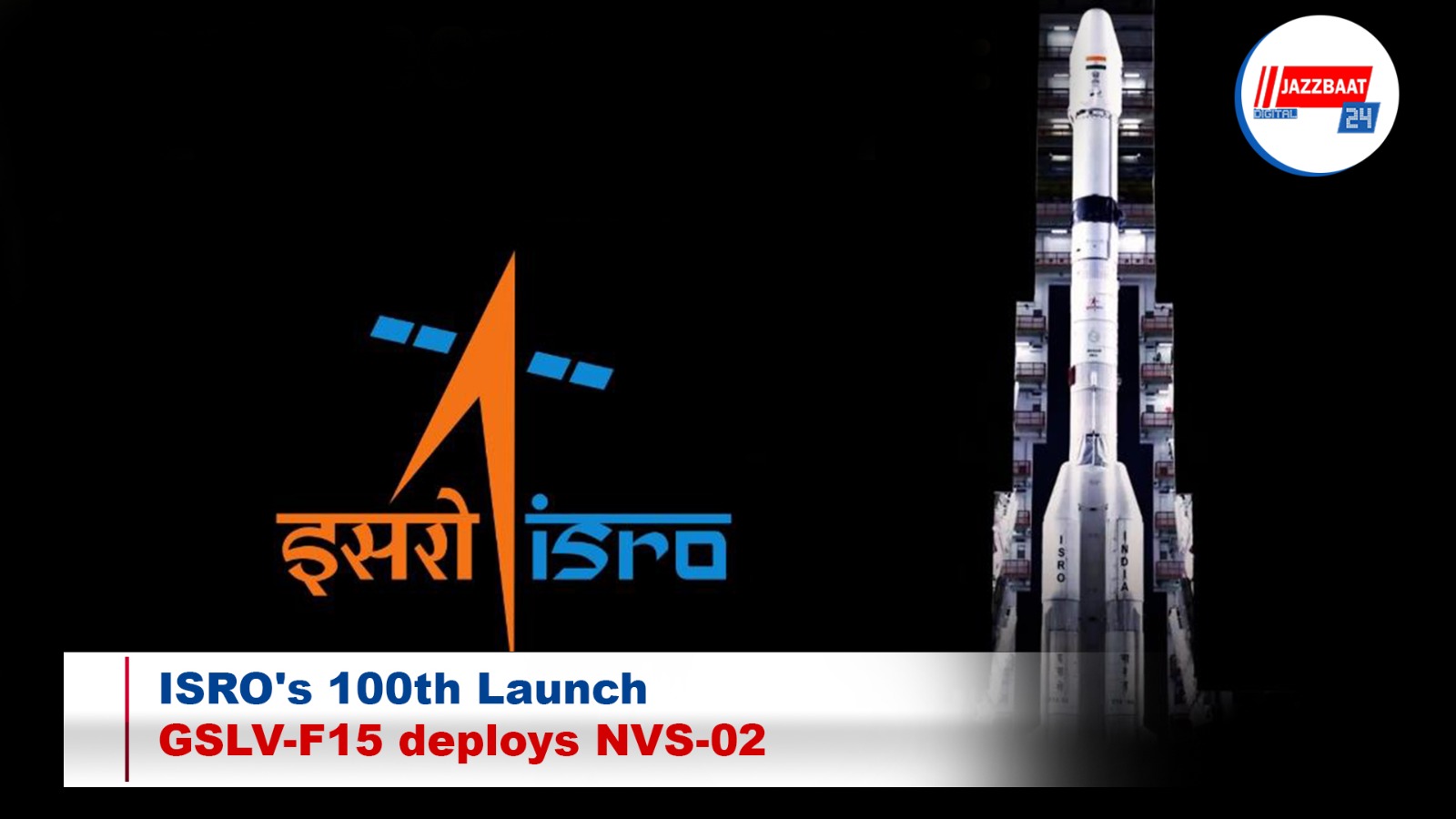Isro’s GSLV-F15 successfully launches NVS-02. GSLV-F15 is the 17th flight of India’s Geosynchronous Satellite Launch Vehicle (GSLV) and the 11th flight with Indigenous Cryo stage. It is the 8th operational flight of GSLV with an indigenous Cryogenic stage. GSLV-F15 payload fairing is a metallic version with a diameter of 3.4 meters.
GSLV-F15 with an indigenous Cryogenic stage will put NVS-02 into a Geosynchronous Transfer Orbit, Isro said.
Many students were given the opportunity to witness the launch near the launchpad itself and they were barely able to contain their excitement to be a part of it.
Teerth from Gujarat told the media, "I came from my college to witness the 100th launch, I am really excited. Isro is not launching foreign country’s satellite, so we are earning from that also, so it’s a really good step from Indian government and Isro."
Avinash from Bihar told media, "This is my first time to see a launch."
"Really excited about it, we are here to witness the take-off. All the best to the scientists and anyone else who have worked on this. We are really excited for this, this is the first time I get to witness this, we had been trying for four years to witness this and finally we got the chance," the student said.
Earlier today, Director of Space Applications Centre (SAC)/Isro Nilesh Desai said that the launch will update India’s Regional Navigation Satellite System from 4 to 5 satellites.
Desai said, "We will launch at 6:23 am this GSLV-F-15 mission which will put the NVS-02 satellite into orbit. Finally, it will be placed in geostationary orbit at 36,000 km and it will increase the number of satellites of our navigation constellation from 4 to 5 and that will improve the overall accuracy of the positioning which we get from this navigation satellite."
the IRNSS satellite constellation will have 7 satellites in space. With its 100th launch, India has 5 out of 7 in space.
"This is the 5th in the series of operational NavIC satellites. NavIC satellite is our earlier named IRNSS satellite configuration which is called the Indian Regional Navigation Satellite System, it is a part of this satellite constellation where we will put seven satellites. Old satellites are being replaced by new series of satellites," Desai said.
Navigation with Indian Constellation (NavIC) is India’s independent regional navigation satellite system which provides accurate Position, Velocity, and Timing (PVT) service to users in India as well as to region extending about 1500 km beyond Indian land mass.
NavIC will provide two types of services, Standard Positioning Service (SPS) and Restricted Service (RS).
NavIC’s SPS will provide position accuracy better than 20 m and timing accuracy better than 40 nanoseconds over the service.
